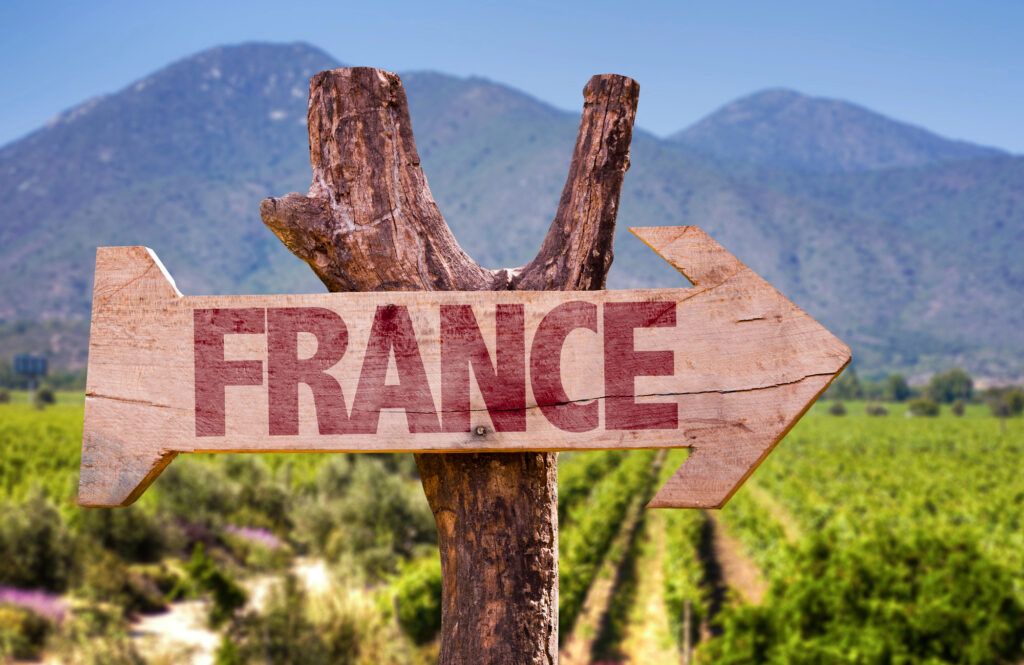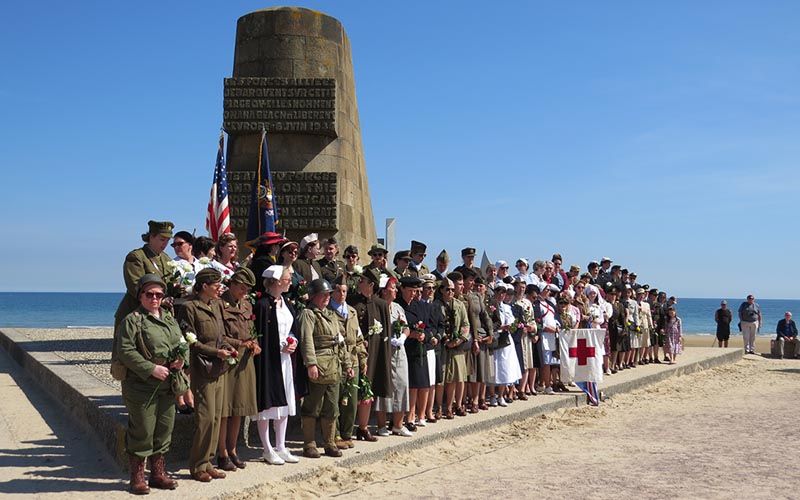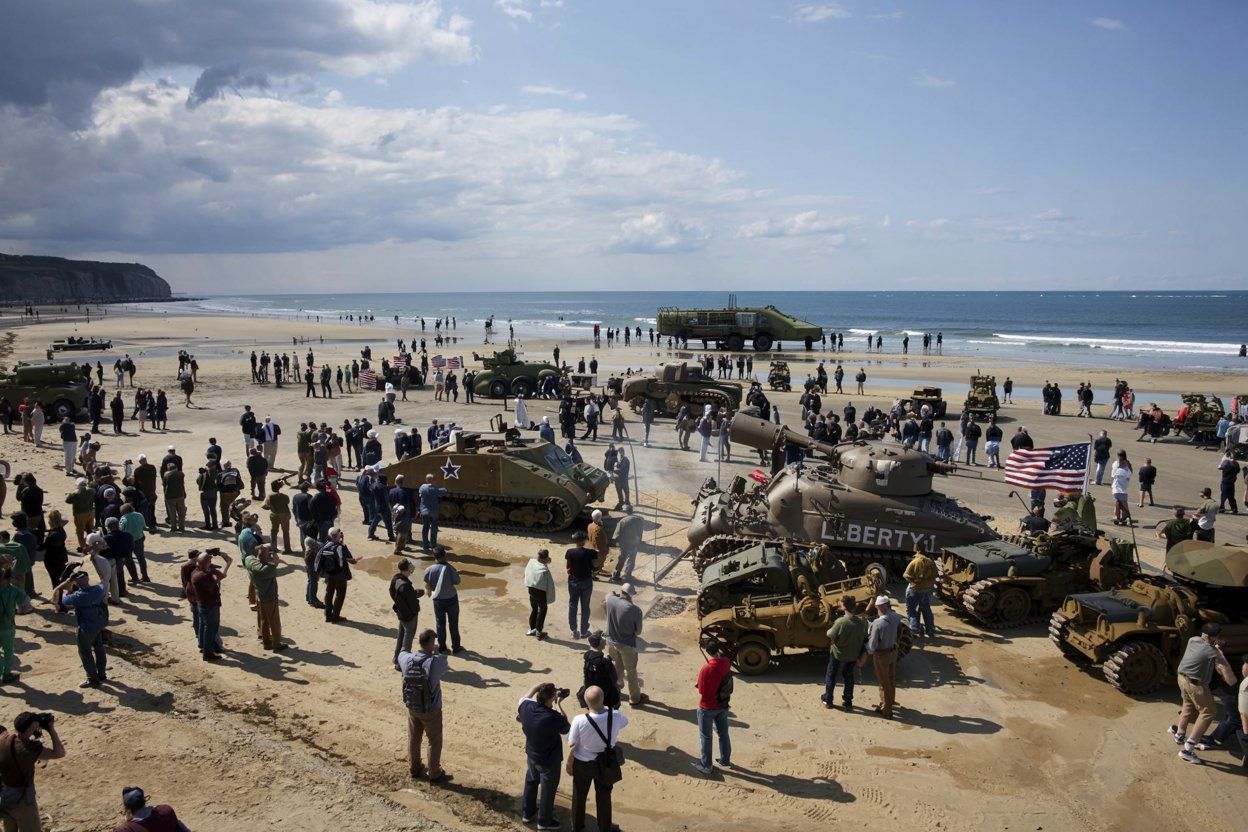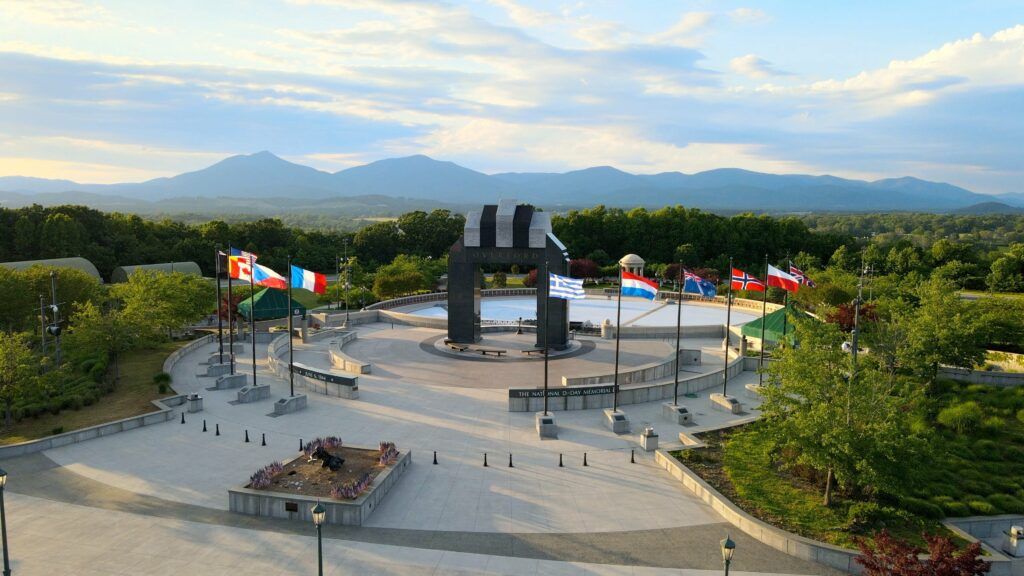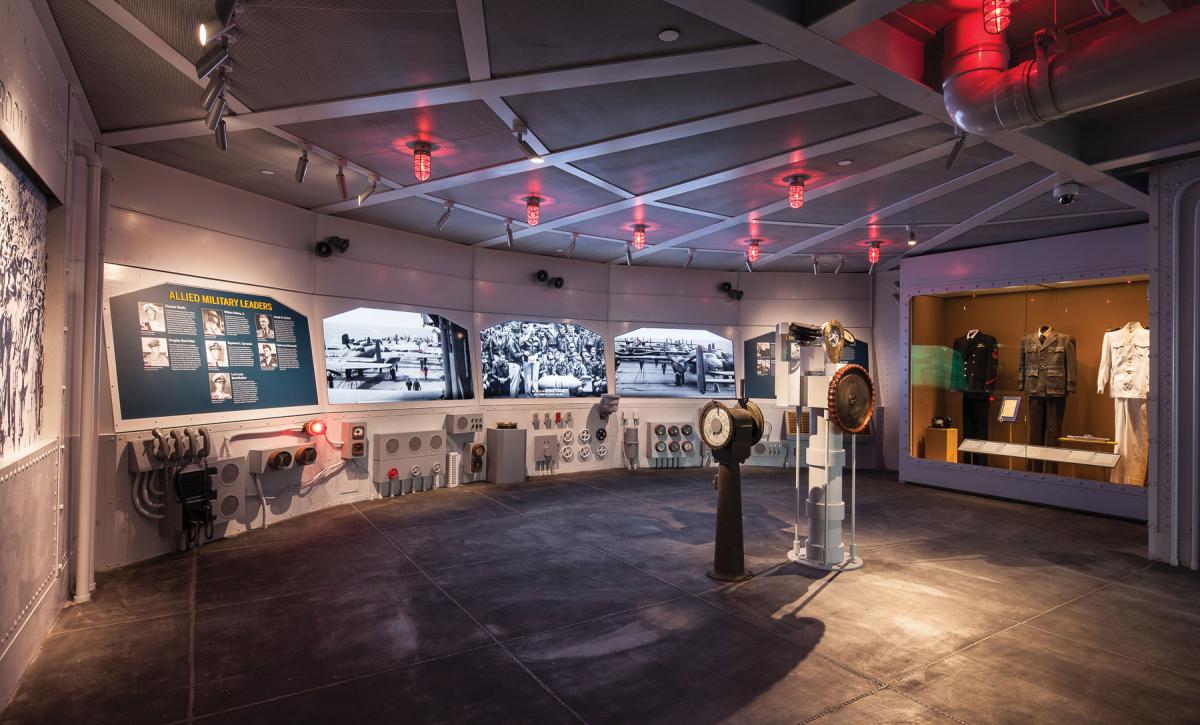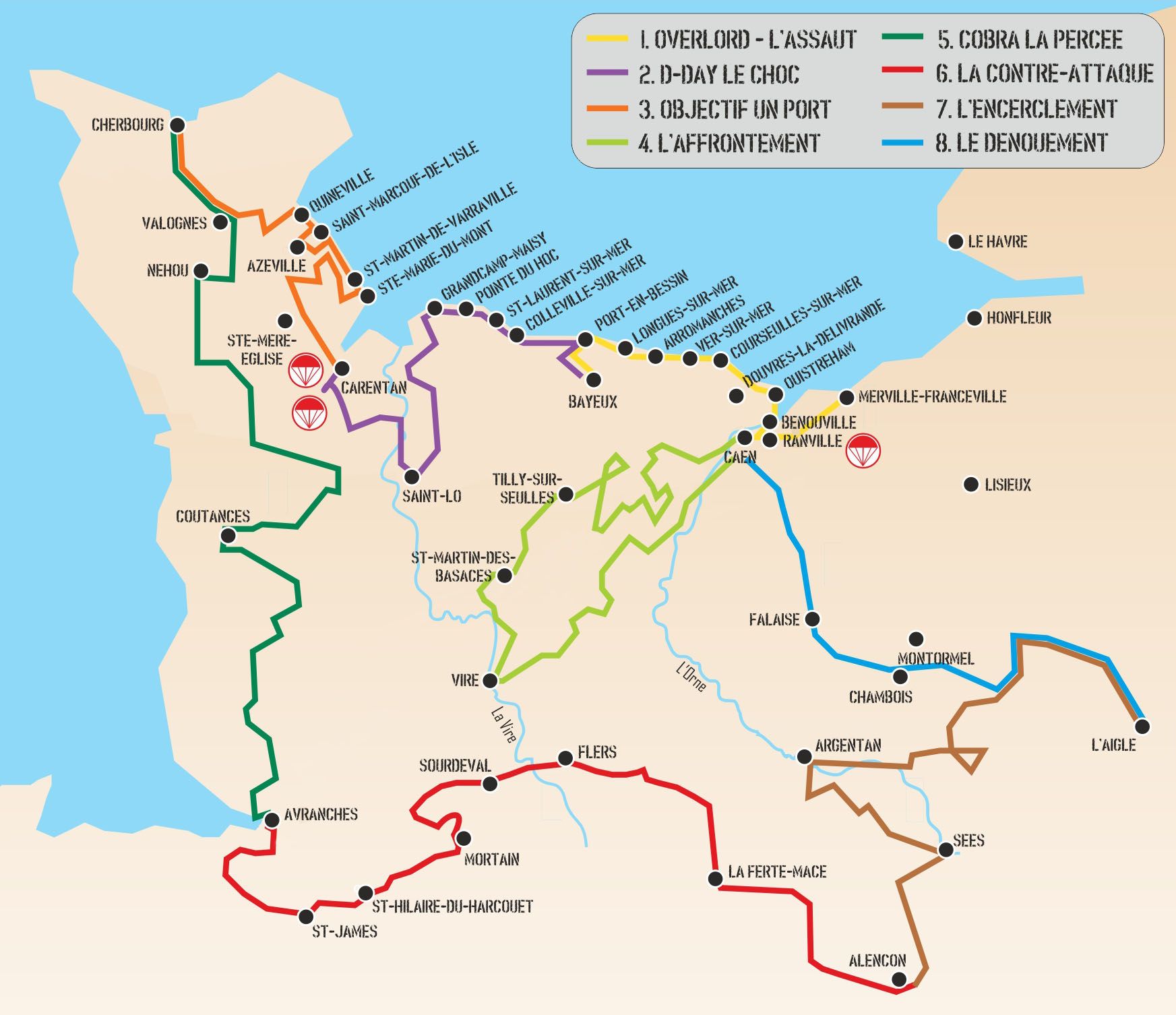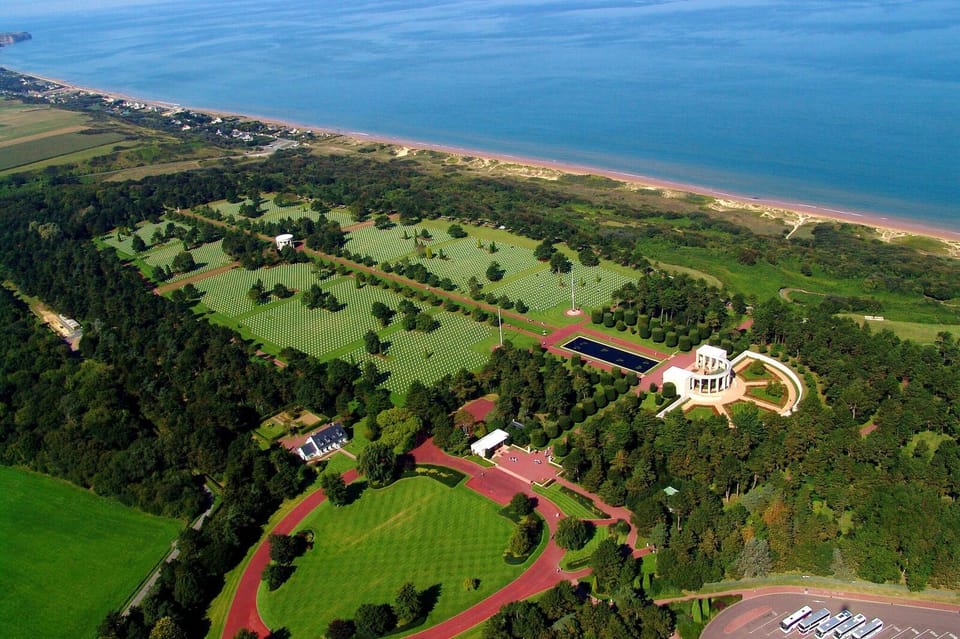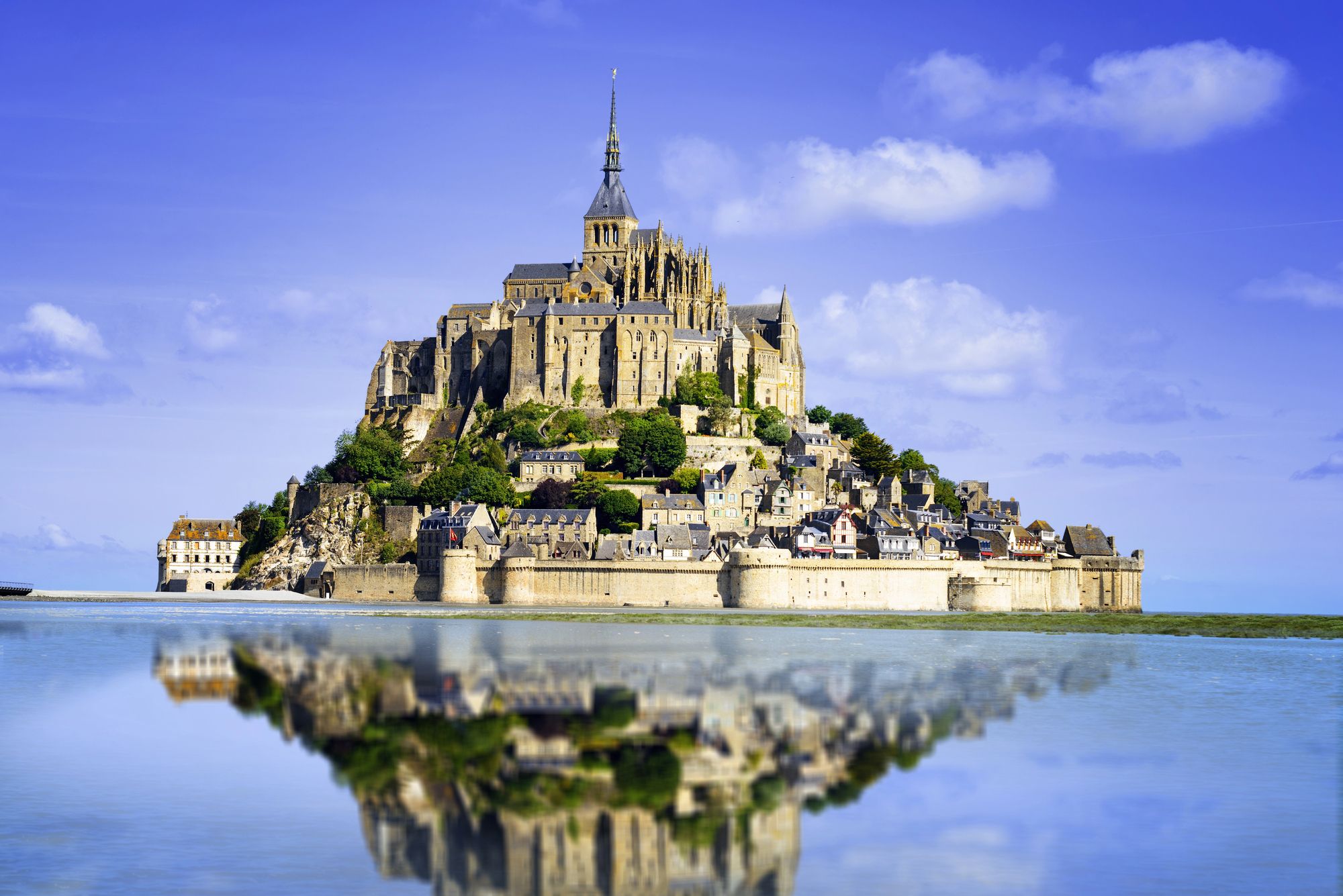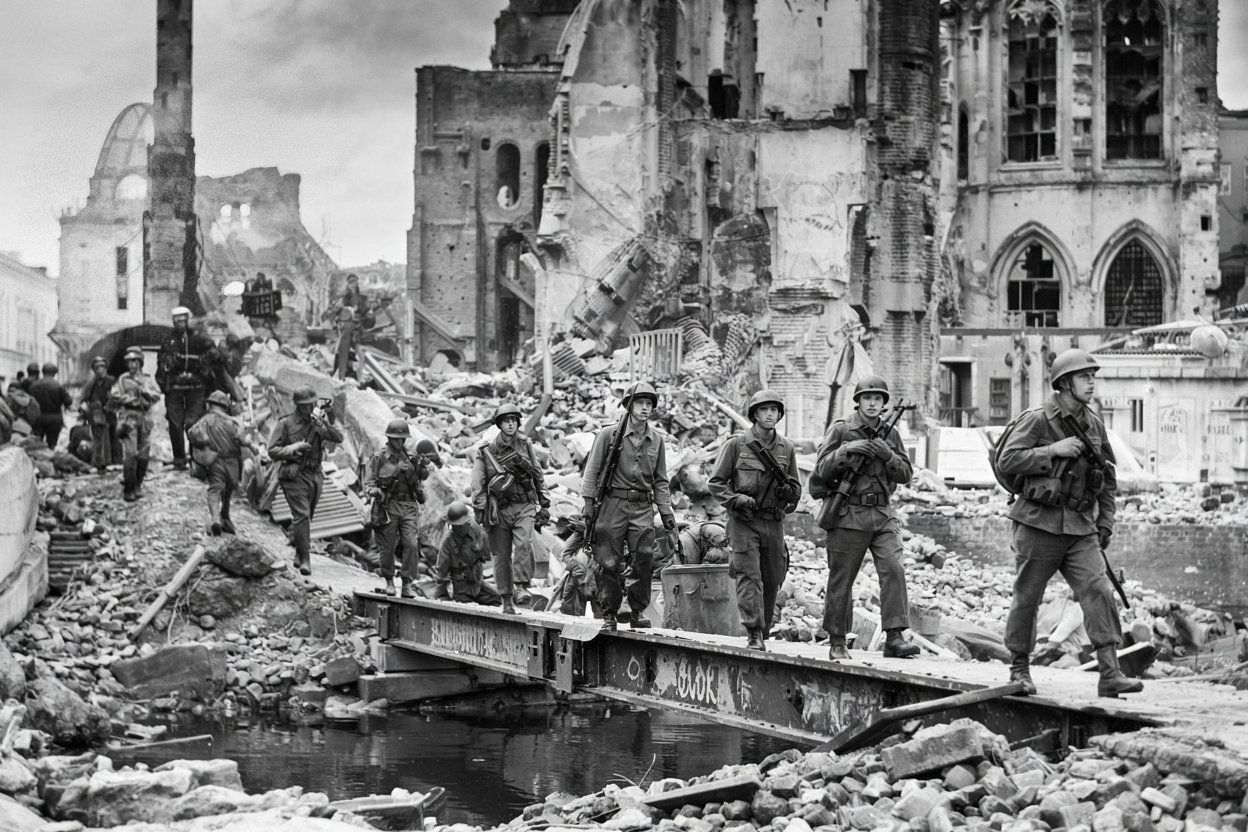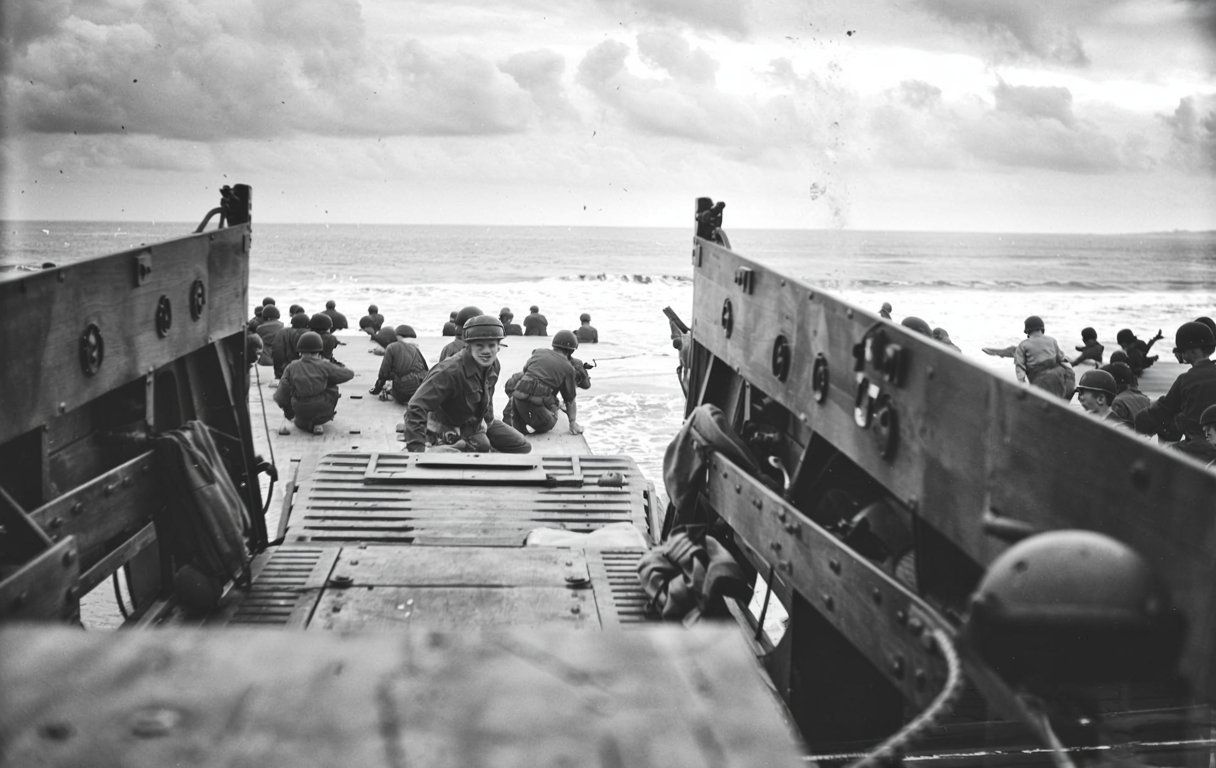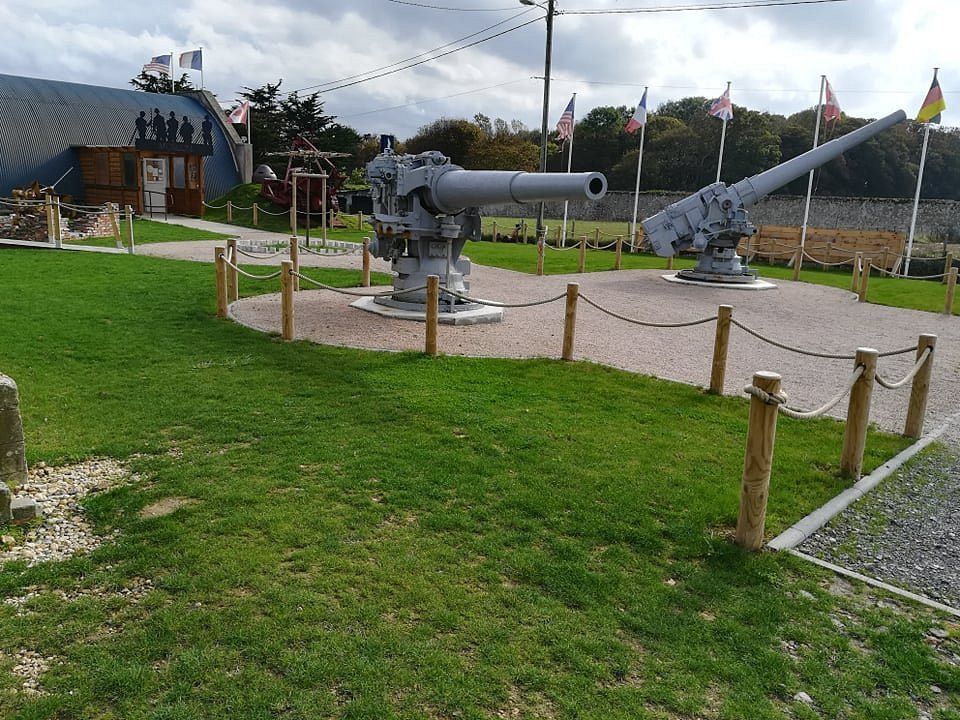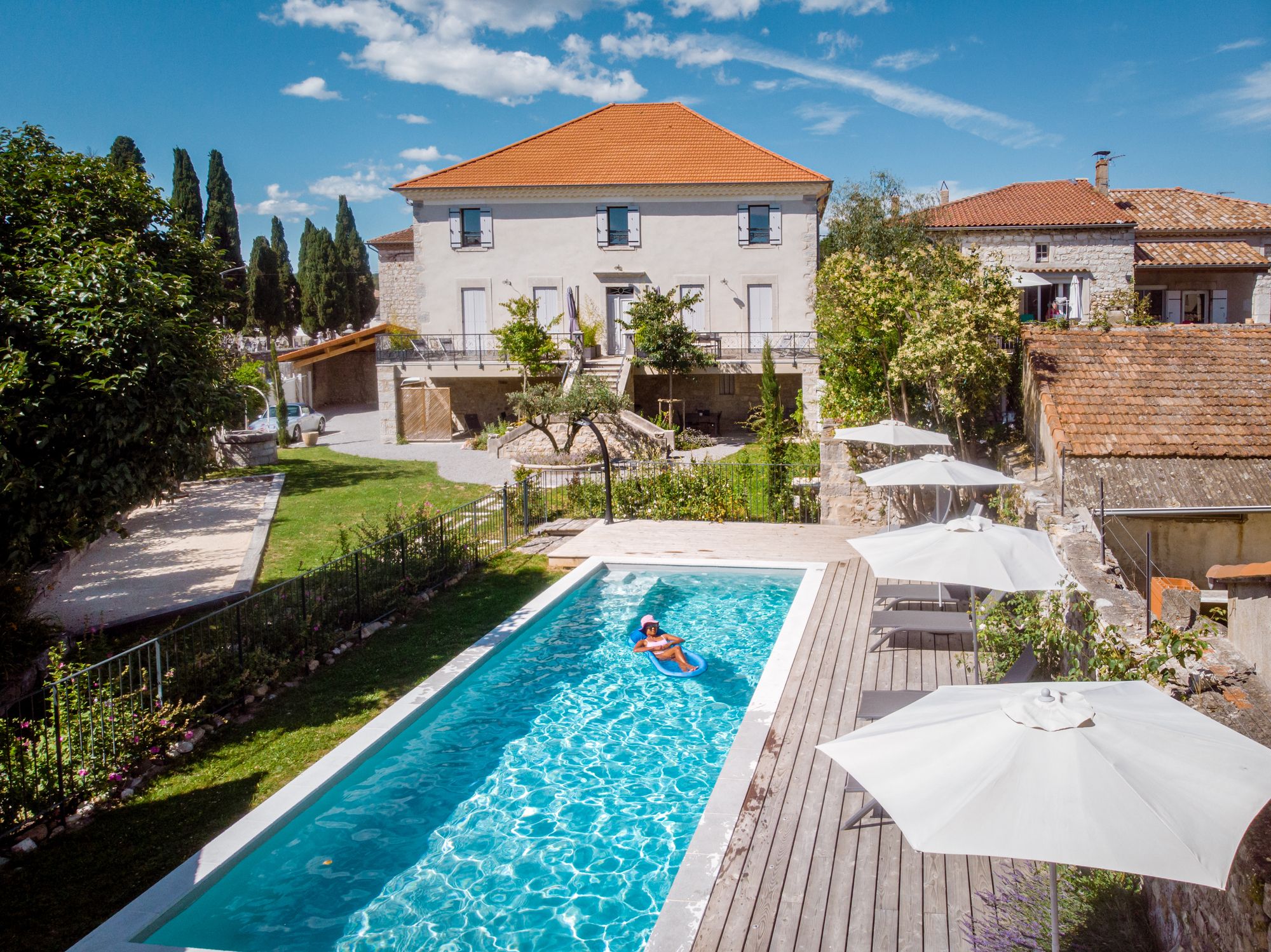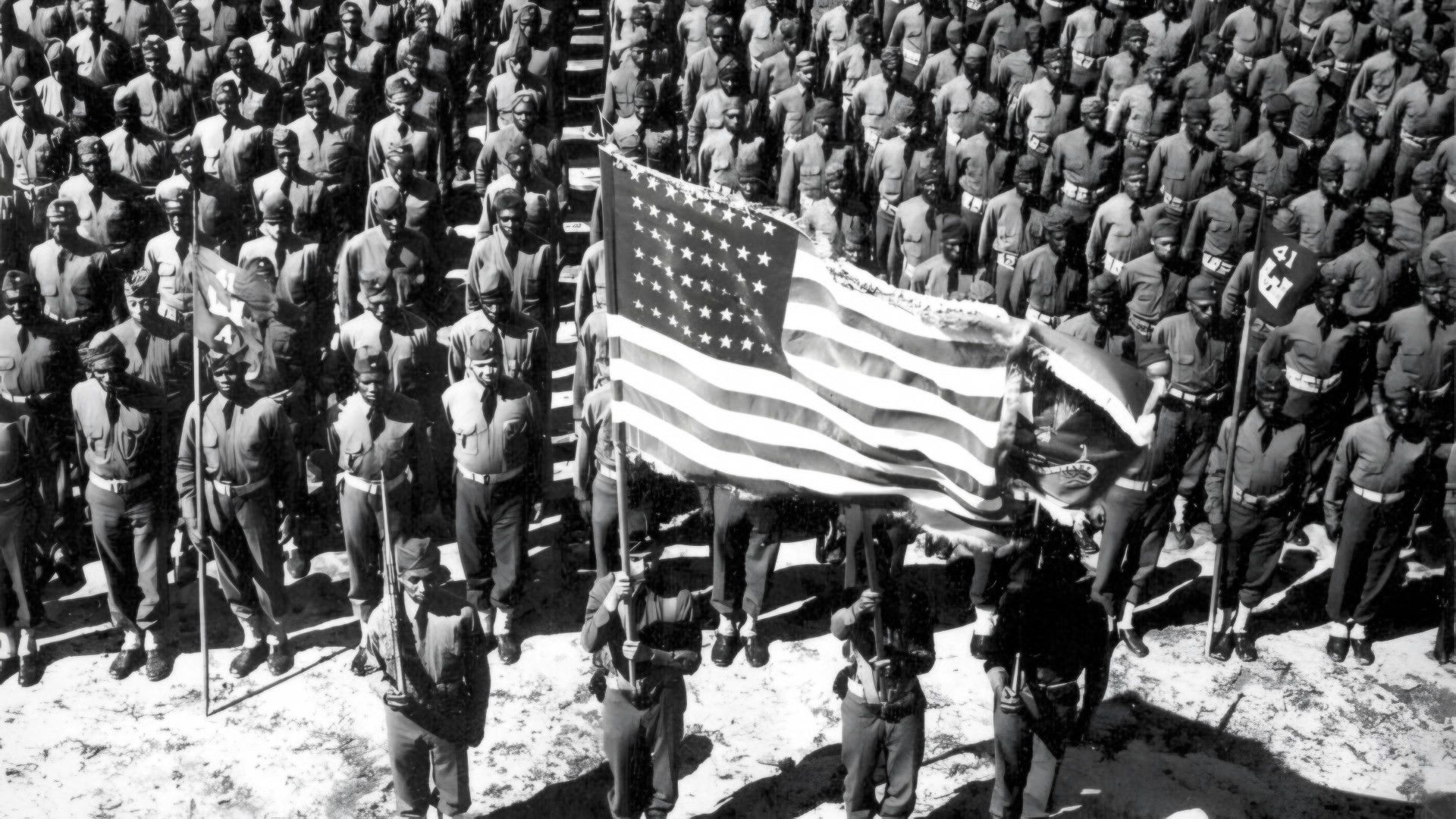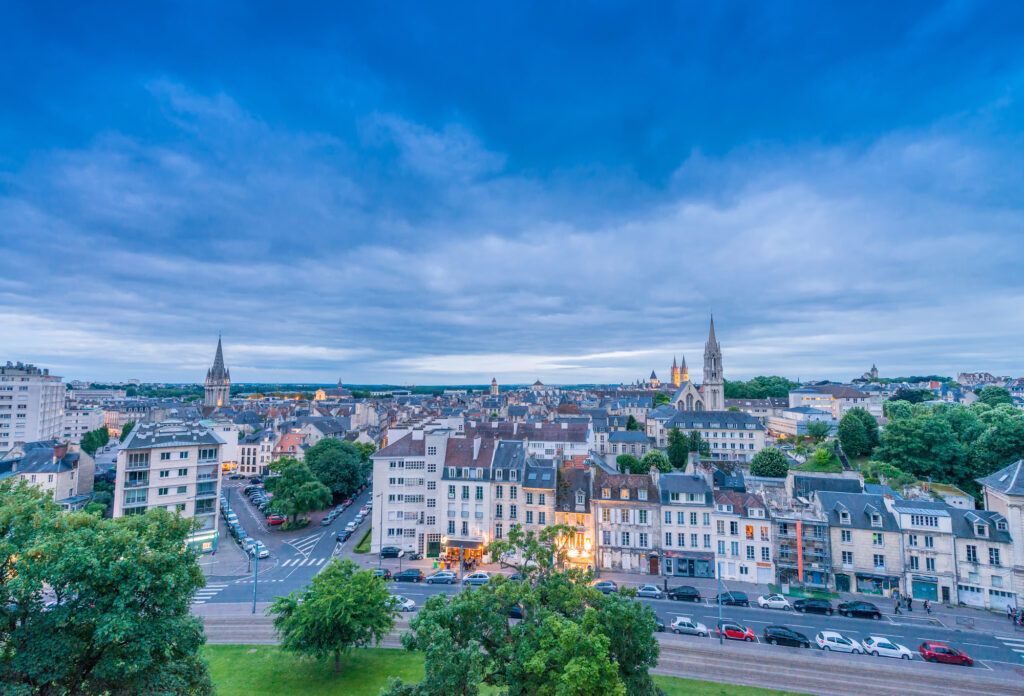Caen’s got this unusual blend—a city where medieval ramparts bump up against modern history. One minute you’re walking past Norman fortifications, the next you’re staring at World War II relics. It’s a place where the past doesn’t feel distant at all. Here’s how I’d spend September 7–13, 2025 in Caen, mixing a bit of culture, history, and local flavor.
You’ll move through spaces that show off both the city’s tough past and its lively traditions. Historic abbeys, buzzing markets, museums, and creative venues—each spot peels back another layer of Caen’s identity. The week’s events give you a real chance to get under the surface and see what makes this city tick.
1) Visit the Mémorial de Caen for an immersive WWII history experience
Start with one of France’s most important 20th-century museums: the Mémorial de Caen. It’s all about World War II, the Battle of Normandy, and the Cold War—pretty heavy stuff, but the museum lays it out in a way that’s surprisingly clear.
You’ll see original documents, artifacts, and powerful audiovisual testimonies. There’s an 18-minute film about D-Day and the Battle of Normandy that really puts you in the middle of June 1944.
Your ticket covers a 360° immersive experience—lots of visual and sound effects, so be ready. It’s intense, especially for kids, but you’ll walk away with a better sense of the war’s impact.
The museum digs into daily life in occupied France, the Holocaust, and how Europe tried to rebuild. It’s not just about battles—it’s about what war does to people.
Since the Caen Memorial Museum is close to the D-Day beaches, you can easily tie in other historic sites. Give yourself at least half a day—there’s a lot to take in, and you won’t want to rush.
2) Explore the Château de Caen, a medieval fortress built by William the Conqueror
Step into the Château de Caen, one of Europe’s largest medieval fortresses. William the Conqueror built it around 1060—it’s still right in the city center, towering above everything.
Inside, you’ll find the Musée de Normandie and the Museum of Fine Arts, both tucked into old ducal buildings. These collections tie the castle’s military history to Normandy’s broader story.
Walk along the ramparts for sweeping views over Caen and the River Orne. You’ll pass the remains of the keep, Saint George’s church, and the Exchequer Hall, which once hosted the ducal court.
Expect a blend of ruins and restored spaces. Some paths are uneven, but most visitors manage fine.
Redevelopment projects have made it easier to picture how the fortress shifted from a noble residence to a wartime stronghold. If you like a mix of architecture, history, and city views, this spot delivers.
3) Stroll through the vibrant Caen Market to sample local Normandy produce
Every Friday morning, Place Saint-Sauveur bursts into life with Caen’s main market. Stalls spill into the streets, loaded with veggies, cheeses, cider, and seafood from the Normandy coast. If you want the best selection and a bit of elbow room, show up before 10 a.m.
This isn’t a tourist trap—it’s locals grabbing groceries next to curious visitors. The vibe is real, and you’ll see just how central markets are to life in Caen.
Normandy’s famous cheeses—Camembert, Pont-l’Évêque, Livarot—are everywhere. Oysters and mussels come straight from nearby ports. Apples and pears, when in season, remind you that this is serious orchard country.
Parking near the old town is tight, and crowds can slow you down, but the produce and atmosphere are worth it.
If you want to check out other markets, the tourism board lists all Caen markets by day. For this week, though, Saint-Sauveur is the main event.
4) Discover the Musée des Beaux-Arts de Caen’s fine art collections
The Musée des Beaux-Arts sits right inside the Château de Caen, so you’re already surrounded by history. Founded in 1801 and rebuilt after wartime damage, the museum is easy to pair with other castle sights.
Inside, you’ll see European paintings from the 15th to the 20th century—Rubens, Tintoretto, Monet, Courbet, plus plenty of Flemish and Dutch masters. Their print collection is strong too, so you get more than just paintings.
Temporary shows rotate a few times a year. In September, you might get classic canvases or stumble into something modern. They’ve even added a cubist gallery lately, which shakes things up.
There’s a sculpture park within the castle walls—quiet, green, and a nice break from the galleries. Tickets are available online or at the museum itself. The official Musée des Beaux-Arts de Caen website has all the practical info.
5) Attend a live concert or music event at Le Cargö venue
Le Cargö is where Caen’s music scene comes alive. Open since 2007, it’s just a short stroll from the city center and works well for an evening out after sightseeing.
There are two main halls: the “Club” (holds 420 people) and the bigger “Grande Salle” (up to 938). You can pick between intimate gigs or bigger, high-energy shows.
The concert program changes weekly—rock, hip-hop, electronic, world music, you name it. Sometimes you’ll catch big touring acts, sometimes it’s a local band getting their start.
Le Cargö isn’t just a stage; it’s a creative hub with rehearsal and recording studios for local musicians. The design is practical, the sound quality gets good marks, and if you care more about comfort than fancy décor, you’ll feel right at home.
6) Walk the scenic trails of the Norman countryside surrounding Caen
Escape the city for a bit—trails start just outside Caen and wind through farmland, river valleys, and small villages. The routes are well-marked, so you don’t need a guide.
Some trails follow the Orne River, where you’ll spot old mills and peaceful woods. Others cross orchards and open fields, showing how people have worked this land for centuries.
Want ideas? Browse hiking trails around Caen or check out easy hikes near the city. There are short walks for a quick morning out, or longer loops if you want to spend the day outside.
The countryside is quiet, but the weather can flip fast. Trails get muddy after rain, and there’s not much shade in summer. Bring good shoes and water, especially if you’re out for hours.
7) Tour the underground WWII bunkers beneath the city
Under Caen’s streets, you’ll find WWII bunkers—grim concrete shelters built to protect civilians from air raids and serve as German command posts. Walking these tunnels gives you a raw sense of wartime life.
Don’t expect a polished museum. The bunkers are pretty much as they were—damp, dim, and a bit claustrophobic. That’s what makes them real.
Guided tours explain how these bunkers fit into Caen’s wartime strategy, especially during the Battle of Normandy. You’ll hear about their roles and how they compare to places like Berlin’s WWII shelters.
Access is limited for safety, and not all areas are open. Wear sturdy shoes and be ready for tight spaces. This isn’t for casual tourists—it’s more for history buffs.
Exploring these underground rooms connects you to Caen’s past in a way surface monuments just can’t.
8) Enjoy lunch at Les Pommiers, a renowned local restaurant
Need a break? Grab lunch at Les Pommiers, inside the Mémorial de Caen. The place mostly serves groups—set menus with starter, main, and dessert. Everyone in the group picks the same menu, which keeps things moving.
The dining room handles up to 180 people, with two sittings daily: 11:45 a.m. and 1:30 p.m. For groups of 20 or more, book ahead. All the reservation info is on the Mémorial de Caen restaurant page.
It’s practical, not cozy—great for groups, less so for solo diners. The upside? It’s super convenient if you’re visiting the museum. You can even get a ticket that covers both lunch and museum entry.
Prefer a smaller spot? There are other restaurants in Caen, but Les Pommiers is a solid, no-fuss pick for larger parties.
9) Visit Abbaye aux Hommes, an architectural masterpiece and historical site
Explore the Abbaye aux Hommes (Abbey of Saint-Étienne), founded in 1063 by William the Conqueror. His tomb is still there, making it one of Caen’s most significant historic sites.
The Romanesque church was consecrated in 1077 and picked up Gothic touches later. Its twin spires, added in the 13th century, stand out on the skyline. The place blends medieval and 18th-century styles.
The convent buildings now house Caen Town Hall, which is a bit of an architectural landmark itself. Walk through the cloister, wood-paneled rooms, and the old guardroom for a glimpse of monastic life before the Revolution.
Most tours are in French, but you can wander the cloister and grounds at your own pace. The abbey’s less crowded than some Normandy sites, though it does get busy during peak times.
For more info, check the Caen la mer tourism site or Normandy Tourism.
10) Experience open mic nights or art shows hosted in Caen’s cultural centers
Looking for something lively? Try an open mic night in Caen. Local musicians, poets, and comedians take the stage in small venues and community spaces—super casual, and visitors are always welcome. Check open mic events in Caen for what’s on.
If you’re more into art, places like L’Artothèque host exhibitions, sometimes tied to Caen’s millennium celebrations, and often featuring up-and-coming artists. Event details are on cultural events in Caen.
Most events run in French, so if you don’t speak the language, focus on performances or visual art rather than anything text-heavy. The vibe is welcoming, though, and you’ll get a good sense of Caen’s creative side.
These evenings are a great way to tap into Caen’s present-day culture—something different from the usual historic sites, and honestly, a nice balance to all the WWII history.
Navigating Caen During Event Week
Getting around Caen isn’t too tricky if you get a handle on the buses, trams, and the city’s parking situation. Public transport connects most of the main spots, but parking—especially near the old town—takes some forethought. Those narrow, winding streets can trip up even locals.
Public Transportation Tips
Caen’s transit network, Twisto, covers the city center and nearby neighborhoods with buses and trams. You can grab single tickets from machines, or pick up a rechargeable card if you’re planning several rides. Main routes—like those linking the train station, the Mémorial de Caen, and central squares—see frequent service, so you won’t usually wait long.
Thinking about venturing out of town? Regional buses head to places like Bayeux and Ouistreham. Just keep an eye on the evening schedules; last buses can sneak up on you.
For short hops, walking makes sense—most sights are pretty close together. Cycling’s another good bet. The city’s added bike lanes on busy streets, and you’ll see rental bikes and e-scooters docked near tram stops.
| Ticket Type | Price Range | Validity |
|---|---|---|
| Single Ride | ~1.70 € | 1 trip |
| Day Pass | ~4.50 € | Unlimited rides for 24h |
| 10-Ticket Pack | ~14 € | Flexible use |
Parking and Accessibility
Driving in Caen? It’s doable, but the maze of one-way streets and the hunt for a spot near the historic center can test your patience. Public car parks—like those under Place de la République or by the Château—are your best bet. Rates aren’t outrageous, but during big events, those garages fill up fast.
Street parking’s around, but you’ll deal with time limits and pay stations (bring coins or a card). Enforcement’s strict, so don’t risk skipping the meter. Free spots in the center? Pretty much a fantasy. If you bring a car, plan for daily fees.
Accessible parking exists near museums and main squares. Most tram stops and sidewalks have ramps, though some medieval lanes stay bumpy and tough for wheelchairs.
Honestly, parking outside the center and catching a tram or bus in will save you a headache—especially when crowds descend for events.
Local Culture and Etiquette
Tradition runs deep in Caen. You’ll spot it in greetings, table manners, and the pace of a meal—especially in Normandy’s cafés.
Interacting With Locals
People usually greet each other with a handshake, though friends might go for la bise (the double cheek kiss). As a visitor, you’re not expected to start it, but don’t be surprised if someone offers.
Politeness matters here. Always start with a “Bonjour, Madame/Monsieur” before asking anything. Jumping straight to your question can feel abrupt to locals. Even a few words of French go a long way—they’ll notice and appreciate the effort.
When you enter a shop, greet the staff. Leaving? A quick “Merci, au revoir” is the norm. It’s a small thing, but it really shapes how you’re treated.
Locals tend to keep personal stuff private at first. You’ll hear open opinions about history or culture, but don’t expect deep personal chats right away. Let things warm up naturally.
Dining Customs in Normandy
Meals in Normandy have their own rhythm. Expect lunch to stretch from 12:00 to 2:00 pm; most places simply shut down outside those hours. Dinner? That rarely starts before 7:00 pm—so don’t show up hungry at six expecting a feast.
Locals put bread right on the tablecloth, skipping the side plate. Tear off a chunk with your hand—don’t just bite into the loaf. And, oddly enough, you’re supposed to keep both hands visible, wrists resting lightly on the table’s edge. Stashing hands in your lap? That’s frowned upon.
Tipping isn’t required since service is baked into the bill, but if someone goes out of their way, tossing in a bit of change or rounding up feels right. Water usually comes in a carafe unless you specifically ask for bottled.
Cheese often shows up before dessert, which makes sense given Normandy’s love of dairy. Even if you’re full, taking a little bit is a nice nod to the host and the tradition.

